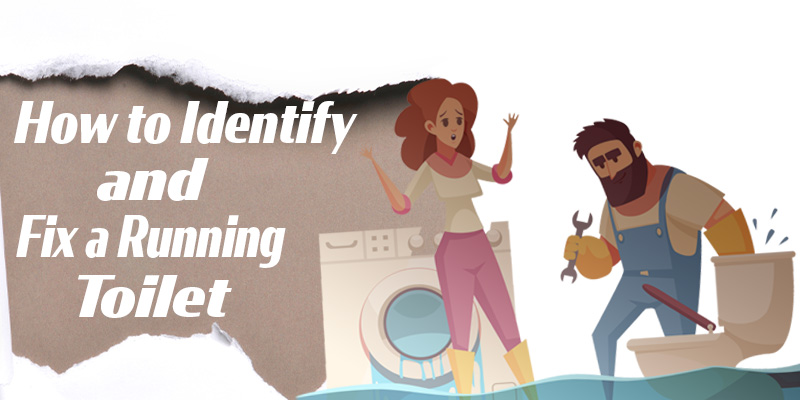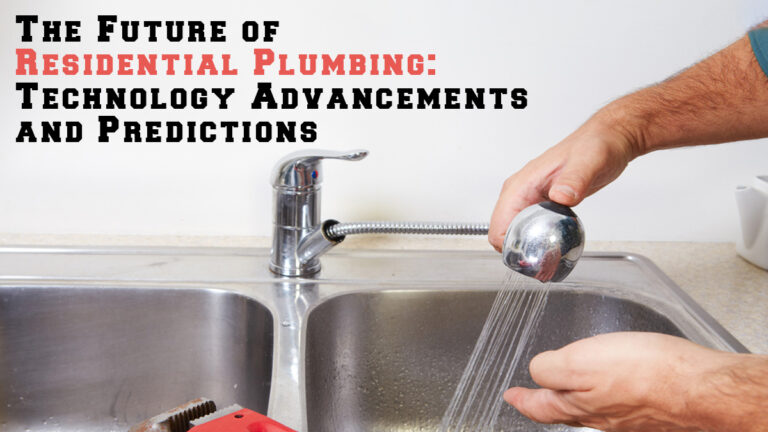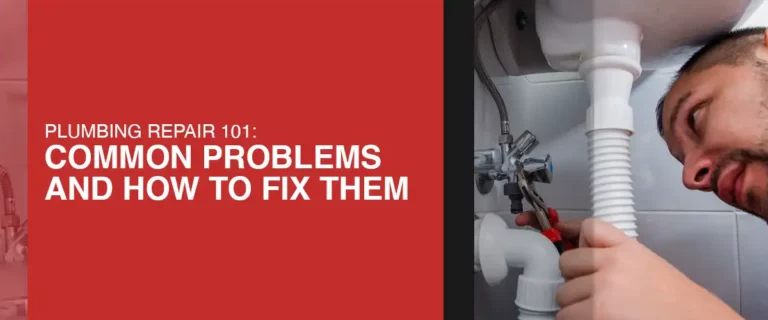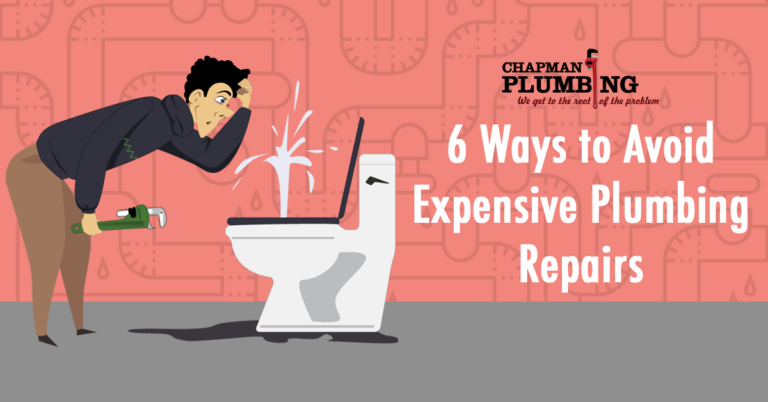How To Identify And Fix A Running Toilet
A running toilet can be a hassle, especially if guests come over. The water will still be running when they arrive, and they’ll hear the gurgling sound of waste floating in the bowl. When a toilet runs, it’s not just annoying — it can also be dangerous. If your toilet is constantly running, you may have an issue with the flush valve.
According to the National Sanitation Foundation, a toilet must be flushed at least twice every five minutes. Many people don’t wash their toilets enough, which can cause problems like clogged drains and backups. The most frequent reason for bathrooms to leak is excessive wear on the flapper valve and its connecting parts. How do you know what the problem is? Well, let’s get you started on that task.
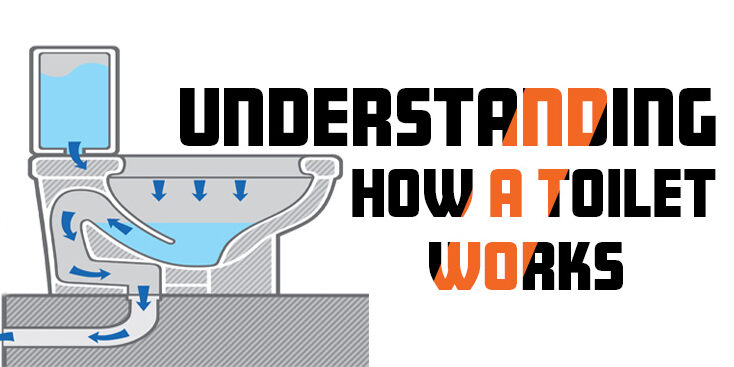
Understanding How a Toilet Works
The toilet is a device that everyone can use, whether you are an adult or a child. However, knowing how the toilet works is essential so you will not have problems with it.
The first thing you need to know about toilets is that they are made up of three parts: bowl, tank, and flushing mechanism. In the bowl, you poop, pee, and throw away paper products such as tissues or sanitary napkins. When you flush the toilet, the tank is where the water goes, and the flushing mechanism helps remove waste from the bowl and sends it down the drain.
A toilet has two essential components:
- A tramway connects the bowl with the sewer system. Flushing water from the tramway forces waste matter through a pipe that empties into a sewer system or septic tank. The sewer system then carries the waste from your home or business location.
- A siphon tube or flapper valve near where you sit on the toilet seat controls how much water flows into the bowl before it can be flushed. When you press down on this lever, water fills up your toilet tank and allows you to wash it.

Determine Why the Toilet Is Running
To fix a toilet that runs, you must first determine why it is running. Here are a variety of reasons why the bathroom may be running.
- The flapper is stuck in the closed position and is not allowing water to flow out of the tank.
- The flush valve has been turned off or failed to open when you press down on it.
- The fill valve has been turned off or failed to open when you press down on it.
How to Fix a Running Toilet

Check Your Flapper
The first thing you should do is check your flapper. A faulty flapper usually causes a running toilet. The flapper is a rubber piece that seals off the water inlet as it flows into the toilet tank. It’s responsible for stopping water from flowing backward into the tank after it has been flushed. If this piece isn’t working correctly, water will keep flowing back into the tank even when it’s not being washed, which will cause your toilet to run constantly.
There are two ways to check whether or not your flapper is working correctly:
- Use a flashlight and inspect the rubber seal around the bottom of the tank for any signs of wear or tear. If there are any cracks or tears in this area, you should replace them immediately to prevent further damage.
- If you don’t want to go through the trouble of replacing your entire toilet, remove all toilet paper from inside the tank and flush again before looking inside again. If no clumps remain on top of the water after this final flush, your flapper is likely fine and won’t need replacing.
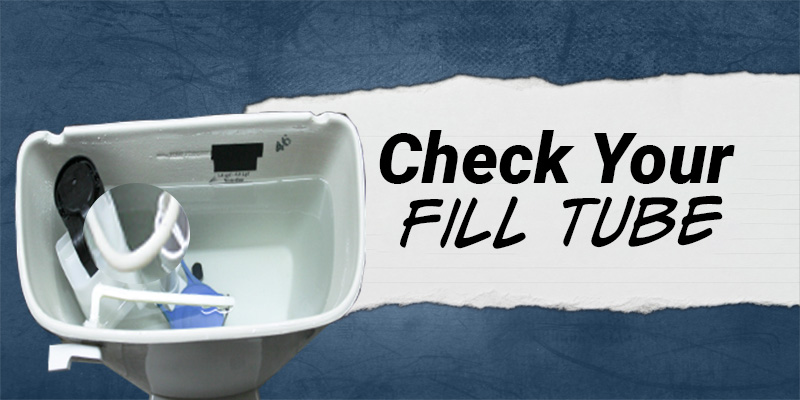
Check Your Fill Tube
If the problem is with your fill tube, you may also need to replace it. This tube connects from where water comes into your tank (inside) to where it goes into the bowl (outside). If this tube has been clogged with hair or other debris and doesn’t allow enough water, then there won’t be any pressure inside your tank, causing your toilet to stop working correctly and possibly flooding other parts of your home. The water in the bowl can build up pressure and force the toilet to explode if you don’t address the problem promptly. If you have a running toilet, check your fill tube first with these steps:
- Remove the fill tube from the tank by loosening its screw on one end and pulling it out of its housing at the other.
- Inspect the tube to make sure it’s not kinked or damaged in any way, then rinse off any debris that may have gotten inside it while you were using it. If there are no apparent problems with the fill tube itself, look for leaks around its connection point to the water supply line or at other joints between components within your toilet system (such as a ballcock).
- If your fill tube appears to be in good working order after inspecting it with a flashlight, apply penetrating oil such as WD-40 or LPS (liquid plumber’s silicone) to any places where metal surfaces meet rubber ones (such as where fittings attach) and let it sit for about 20 minutes before reinserting into your toilet bowl.
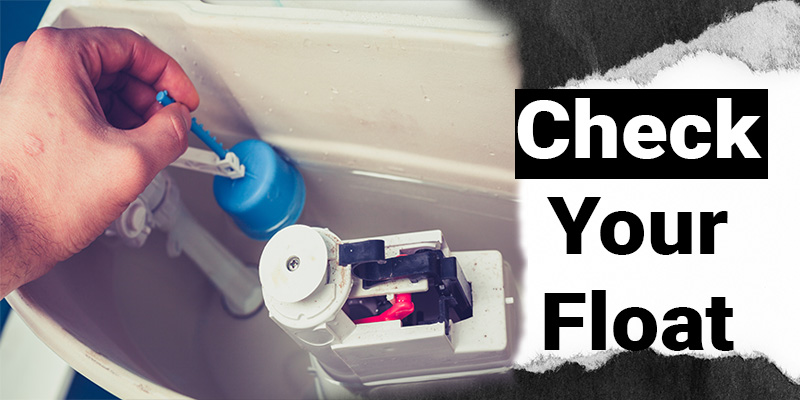
Check Your Float
The float level sensor in your toilet regulates how much water comes into your tank when you flush. If not enough water comes into your tank when you wash, you may leak at this point or somewhere else in your system (such as around connections). If you have been experiencing slow flushing for several months and have replaced many parts of your system but still cannot get rid of slow flushing issues, then replacing this sensor could solve your problem permanently. The float valve is the most common cause of running toilets.
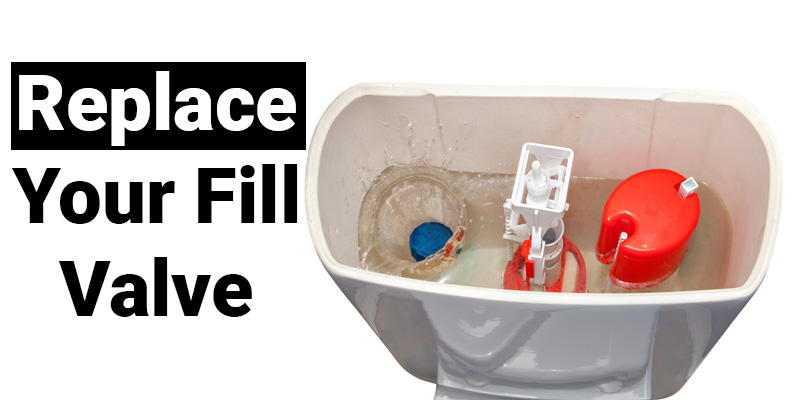
Replace Your Fill Valve
The float valve should be replaced if you notice any of these signs:
- Flooding occurs when you flush the toilet after sitting for some time. This can happen if there’s a leak in your plumbing or too much pressure in your lines.
- The tank fills up very quickly after flushing and empties slowly over time.
- Your toilet doesn’t flush when it should or flushes inconsistently or too slowly.

